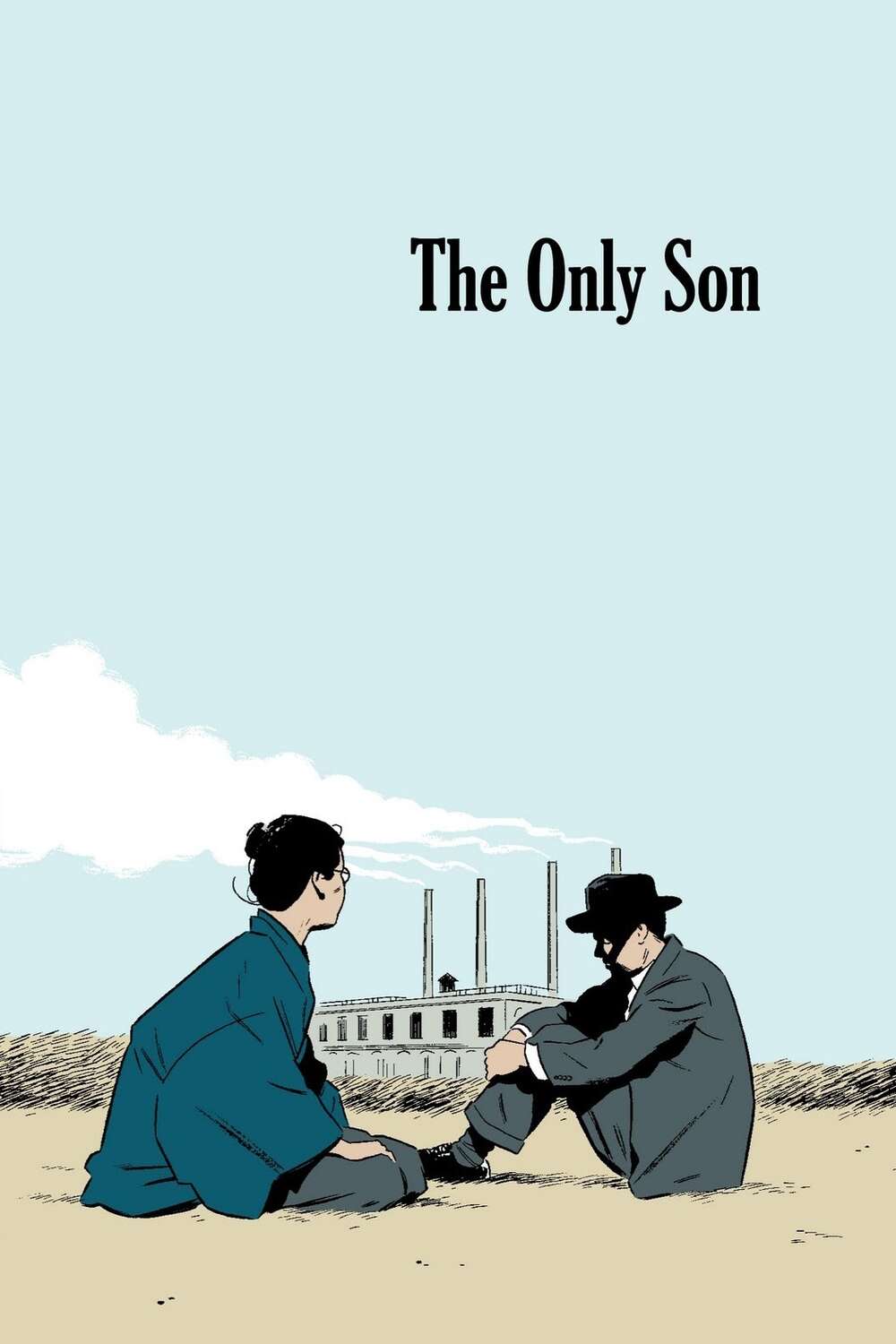Ozu's first sound film is a look at a family on the brink following The Great Depression. Despite the end of feudalism and the beginning of capitalism (and imperialism) in Japan following the Meiji Restoration—not everyone benefited equally as the modern class structure replaced the feudal one. We follow a poor single mother working in a factory to provide for her son all the way to his adulthood and the trials that the two deal with over the course of the film.
While the film begins during the Taishō era (1923) in a country village in the middle of Japan, it quickly time-skips to 1935 Tokyo in the middle of the Great Depression. The son has moved to Tokyo and got a job as a school teacher, but the Depression wiped out his earnings just as he became a husband and father. When his mother decides to visit him in Tokyo, she is shocked and (he ashamed) to see him and his family living in the ghetto in destitution. We spend the rest of the film watching both mom and son try to make sense of it all.
Being that this is an early Ozu film, things are a bit different from his post-WWII films. Form-wise, not only do we get tracking shots, but a full on fantasy/dream sequence at one point. Theme-wise, the big issue causing the conflict is not postwar Westernization, but the Depression itself. A lot of the generational conflict in Ozu's prewar films after 1929 comes from the economic down-turn.
The main appeal of this film is that it is the rare Ozu family drama where it is an adult son who is the focus rather than a daughter or child-son. He never did this again after the success of Late Spring (1949), but in the prewar films we get to see Ozu experiment a little. While the ending here does foreshadow the ending of Late Spring—it is made even more pitiful in hindsight knowing that our characters would not have a peaceful future, but a bloody one to look forward to.

No comments:
Post a Comment